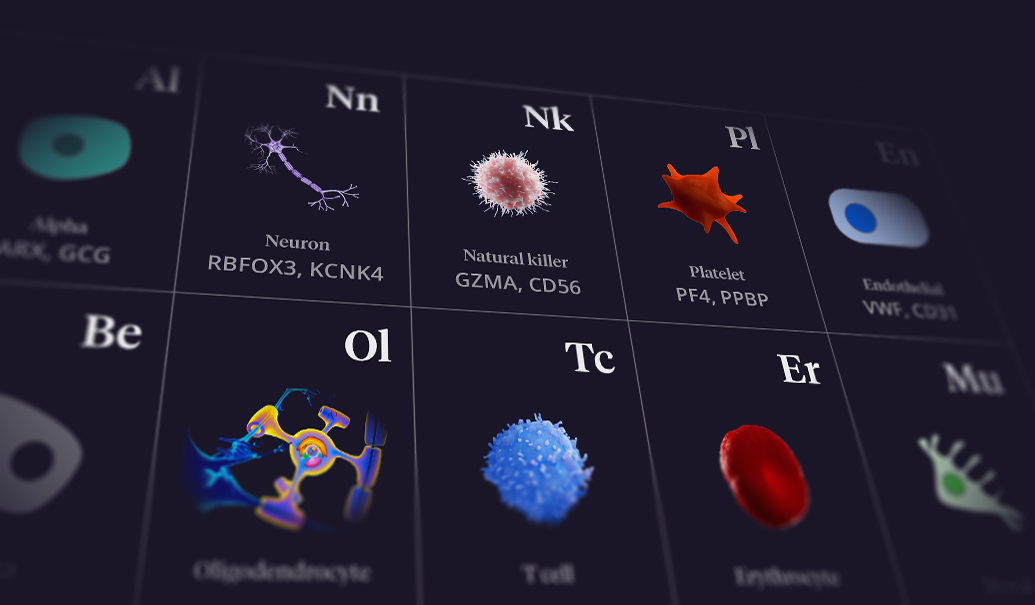As investment in real-world data (RWD) grows, the real-world evidence (RWE) it generates offers pharmaceutical companies an opportunity to accelerate their clinical development processes. RWD is regularly used in health economics and outcomes research and commercial analyses, but it has been underused in the clinical development space, especially considering the extraordinary potential of RWE.
The AstraZeneca and ZS collaboration to support clinical development
AstraZeneca and ZS have been working together to realize the potential of RWE for the clinical development phase of one of AstraZeneca’s pipeline assets, a next generation PCSK9 inhibitor (PCSK9i) for the chronic treatment of patients with hypercholesterolemia and high cardiovascular risk. In the atherosclerotic cardiovascular disease (ASCVD) area, PCSK9is and statins have both shown effectiveness in reduction of low-density lipoprotein-cholesterol (LDL-C), a primary target in ASCVD treatment. FDA-approved PCSK9is, evolocumab and alirocumab have shown up to 15% relative risk reduction in clinical trials.
Because of the constantly evolving treatment landscape in this disease area, AstraZeneca wanted to use RWE to assess the efficacy of PCSK9is and learn more about the unmet needs and risk distribution of the ASCVD population based on the relationship between longitudinal LDL-C patterns and major adverse cardiovascular events (MACE). ZS partnered with AstraZeneca’s clinical and health data sciences teams to leverage RWD from electronic health records (EHRs) to both inform trial design and contribute evidence to the broader scientific community. To ensure analytical focus on the most interesting and meaningful questions, as well as consistent support and collaborative ideation, we followed a high-touch iterative working model that helped us achieve our goals for the program.
A framework for using real-world evidence in clinical trial design and execution
Our first step was to develop a framework detailing how RWE can support activities across the clinical development life cycle. We categorized prominent applications under five key impact areas (see Figure 1).
Our collaboration focused on these clinical RWE impact areas:
- Understanding the study population
- Optimizing trial design
- Accelerating trial recruitment
Using RWE to support these three areas may streamline clinical development, reduce costs, bolster the short-term value proposition of the compound and improve the probability of technical and regulatory success (PTRS).
Understanding the atherosclerotic cardiovascular disease study population
As we focused on the trial design, we aimed to address challenges for drug development in achieving both the best efficacy and usability for patients. Specifically, we wanted to learn if there are unmet needs among ASCVD patients linked to the longitudinal patterns of their LDL-C levels. Any quantitative insights we could glean would be welcomed by the scientific community and could improve AstraZeneca’s trial planning, which would produce better evidence for regulatory submissions and payer discussions in the future.
Patients who have experienced a MACE are at a higher risk of experiencing a secondary MACE. By analyzing EHR data, we researched how the rate of secondary MACE varies between groups of patients. We identified additional LDL-C patterns associated with elevated risk and created a method to identify patients with this profile in clinical practice. These findings could affect the downstream treatment approach by helping healthcare providers better monitor and care for these patients.
Optimizing trial design with real-world evidence
In our study, we used both a federated EHR analytics platform and EHR data from TriNetX to answer a variety of questions that informed the trial design, such as “How does adjusting inclusion or exclusion criteria affect the projected patient cohort size?” We framed the analytics as the definition of one or more cohorts, along with the observation and comparison of one or more established metrics—including LDL-C levels—for those cohorts. Where possible, we employed a rapid approach that used the TriNetX analytics platform that covered approximately 48 million patients. This allowed us to develop queries in a matter of hours and retrieve answers in nearly real time. For instance, we were able to quickly understand and report how the prevalence of certain combinations of diagnoses differed between ethnic and racial groups.
An EHR analysis like this offers intriguing benefits. In study team discussions, it provides an additional objective data point from a large data set, complementing the expertise of study team members. An EHR analysis also makes it possible to execute queries on fresh data, rather than referencing a pre-existing epidemiology study that could be outdated or not cover the precise patient population of interest.
Improving the patient experience in clinical trials
We leveraged the TriNetX RWE platform to develop a metric for the natural frequency of clinical visits (NFCV) to understand patients’ current experience with the healthcare system and to enable patient-centric trial design. We defined NFCV as the number of relevant clinical visits a typical patient makes per year for a given therapeutic area. NFCV can be calculated from EHR data and used as a comparison to the number of required visits in a proposed trial. We set up queries to gauge the NFCV for 16 indications, which pushed AstraZeneca teams to design patient-centric trials that aligned the cadence of patient visits more closely to patient expectations. This resulted in a significantly improved patient experience for new studies.
For deeper insights into the patient population—like the earlier example of assessing patient risk of secondary MACE—we worked with raw EHR data that captured the longitudinal records of approximately 3.4 million cardiovascular patients. Access to this information enabled us to perform thorough analyses, producing robust evidence generation to inform trial design. We knew developing a clear view of the ASCVD patient distribution would help support evidence-based decision-making throughout the trial design stage. To achieve this goal, we developed a set of risk criteria, applied the parameters to patients in an EHR data set and created visualizations around patient risk findings—including Kaplan-Meier curves—to inform trial scoping activities.
Identifying promising clinical trial sites to support patient recruitment
We hypothesized that RWE could also improve the trial recruitment process. A trial outlook may seem promising based on its protocol design, but it could result in failure or delays if too few patients are eligible or not enough eligible patients enroll. Unfortunately, this is common, as up to 86% of clinical trials fail to reach target patient recruitment goals within planned timeframes. RWE can help address this problem by showing the clinical trial sites that have the highest number of potential eligible patients. RWE can also connect trial sponsors to sites that may be outside their typical trial network.
Using our approach, we were able to see hundreds of clinical trial sites that had high numbers of ASCVD patients who met specific trial criteria. Instead of sending site surveys to all of them, we performed a data-driven feasibility evaluation by reviewing their EHR data. We then selected and contacted 72 of these clinical trial sites across 14 countries to inquire about trial feasibility. Leveraging EHR data in this manner can improve recruitment scaling while offering the potential to save on trial execution costs and expedite trial timelines. This approach can bring more life-changing therapies to patients sooner.
Leveraging RWE to improve patient care
Using RWE to inform clinical trial design and recruitment has the potential to improve clinical study protocol, enable faster enrollment, reduce the need to add new sites and countries and increase PTRS. Although our initiatives were focused on ASCVD, these approaches can be applied across therapy areas. This collaboration helps demonstrate how RWE can make a positive difference in clinical development and make critical therapies available to patients when they need them.
Authors Mats Sundgren and Alexis Hofherr work for AstraZeneca. This article also includes contributions from Dwaipayan Mukherjee, Sagar Madgi and Nathaniel Leung of ZS’s RWE team.
Add insights to your inbox
We’ll send you content you’ll want to read – and put to use.













